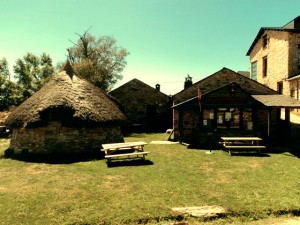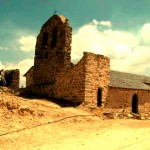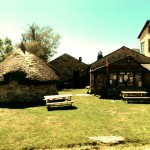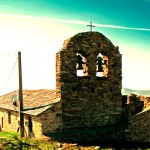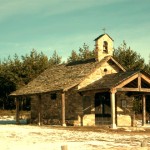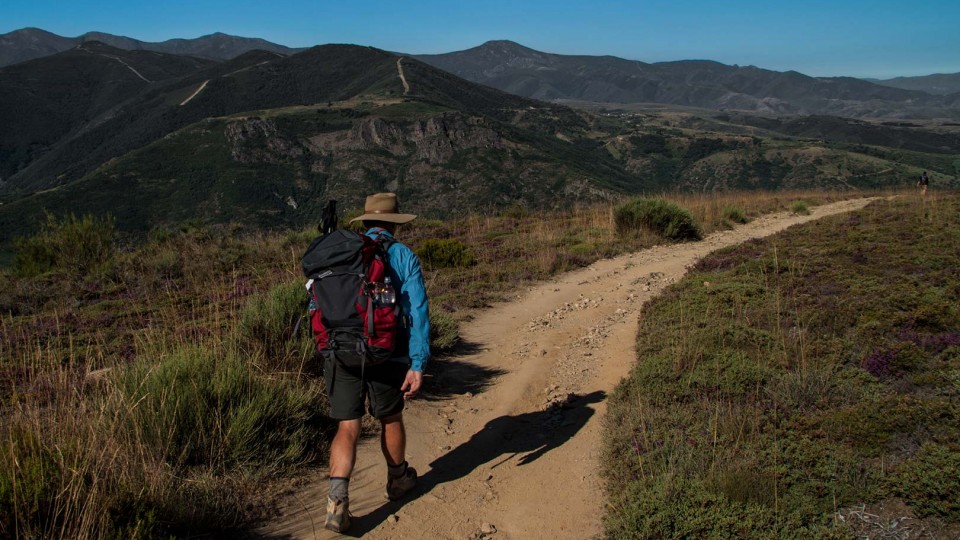A stage of 26 kilometers starts, and this will take you into the maragateria area. Astures and romans passed through here, and they did not do it in vain. Tradition, culture and folklore are the legacy left by people who inhabited these lands since inmemorial time. The muleteers were those last people who left a very strong fingerprint in this region. Houses with great entrances are still preserved; the maragatu, its dialectical legacy, or its maragato cocido, famous today and the main sign of identity in their local cuisine.
I recommend you to take a little detour and have lunch in Castrillo de los Polvazares, it is a beautiful town of cobbled streets specialized in maragato cocido, something that you can not miss!. After that, be quick and go up to Rabanal del Camino. It is hard, you are being warned, but there, the stop at their church will be used for recovering energies. By the way, ask for the Gregorian chants (at 7PM, daily, and it is something you can not miss). Rabanal is a good place if you want to stop to sleep (you have been walking for 20 kilometers since you left Astorga). If you do that, you will face the ascent to Foncebadón and Cruz del Ferro next day with plenty of energy and extremely motivated.
The village of Foncebadón is the end of the stage, on the slopes of Mount Irago, which has welcomed countless pilgrims throughout the centuries. Just before reaching Foncebadón, before reaching Cruz del Ferro. Fondebadon is a different place, and it is normal that Coello related the dog’s scene because in Fondebadon you will always feel different sensations.
 Camino Gourmet
Camino Gourmet 